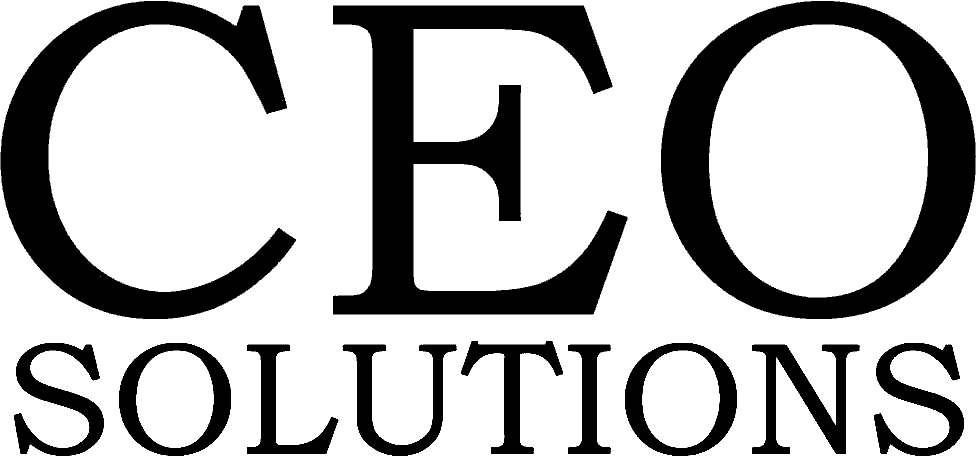In almost every client session I have these days, the top area of concern is staffing. We all want to know how to attract the best talent and how to keep them around. Almost invariably, the conversation drifts into the ‘kids these days’ realm as we discuss generational differences in working style and company loyalty.
The challenge I have with this conversation is that it is unproductive. It’s true that employees are less loyal to single companies. 41% of Millenials expect to be in their current job for 2 years or less. (source: https://blog.accessperks.com/millennial-employee-engagement-loyalty-statistics-the-ultimate-collection0). But it’s also true that companies are less loyal to employees. In fact, the average salary for a millennial today is 20% less than a boomer had at the same age. (source: https://smartasset.com/retirement/the-average-salary-of-a-millennial) This is a chicken and egg problem; in essence, a Disloyalty Cycle. Which came first, the lost loyalty of employees or the lower value from the employers?
Asking who to blame is asking the wrong question. You know that there are great people out there of every age. It’s about understanding what motivates and inspires your employees to do their best, regardless of age. The right question is, “How do I end the cycle and build a company where people want to work?”
At the end of the day, business decisions are about money. But personnel decisions are rarely that cut and dry. For the CEO or business owner, how much to pay an employee is a business decision. This role is worth X to my business. For an employee, working for company A or B is about more than money. After basic financial needs are met, where to work is a personal decision about one’s quality of life. 78% of millennials say workplace environment affects their decisions to stay at a job, and 88% of millennials want their coworkers to be their friends (source: https://blog.accessperks.com/millennial-employee-engagement-loyalty-statistics-the-ultimate-collection).
With the average cost of replacing a salaried employee at 6-9 months of salary, retaining key staff is incredibly important. So how can you bridge the business to personal gap? How can a CEO build a culture that attracts and keeps the best and brightest in a generation motivated by overall quality of life?
With CEOs paying more and more attention to culture, new members are being added the executive leadership team to reflect this business priority. You may be familiar with the CPO as a Chief Procurement Officer, but there’s a new CPO in town. The Chief People Officer.
For some organizations, the title of Chief People Officer (CPO) has simply replaced the title of Chief Human Resources Officer (CHRO) as the head of a department responsible for recruiting, hiring, on-boarding, training, and firing staff. But at some emerging growth companies, the CPO role is less about traditional HR business operations and more about organizational design, executive coaching, and implementing learning and development programs.
Another title for this role is Vice President of Culture, and these members of the executive leadership team are responsible for building a culture designed to improve employee retention as well as aid in talent acquisition. In addition, the CPO or VP of Culture works to develop an ROI model for your business’s hiring and retention efforts, helping you understand the exact impact of the wrong hires on your business.
This shift has helped business’s stray from the ‘need a body’ hiring mentality and into the investing in the right staff mentality. It shifts us from seeing our workforce as a red entry in our business ledger to a black entry – from a liability to an asset. And when we treat our employees as an asset to protect, we break the disloyalty cycle. And save our businesses money and time in the long-run.


